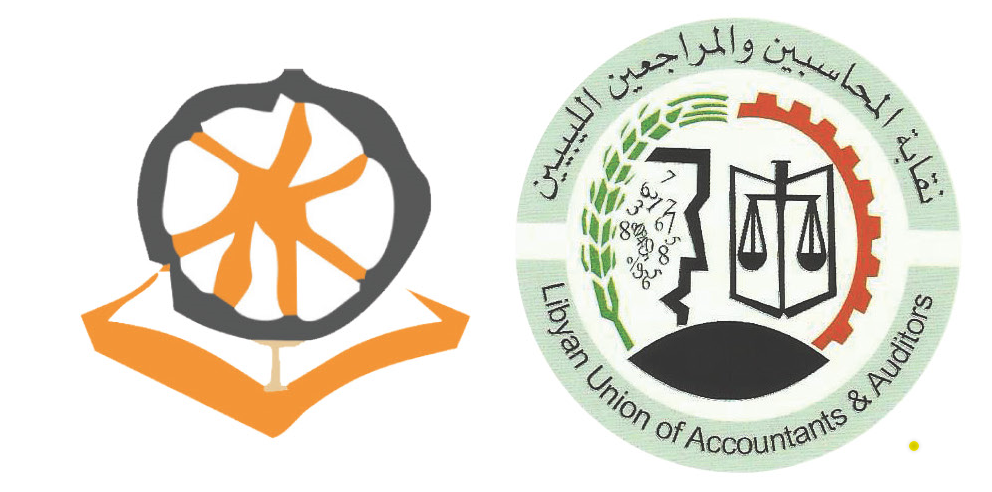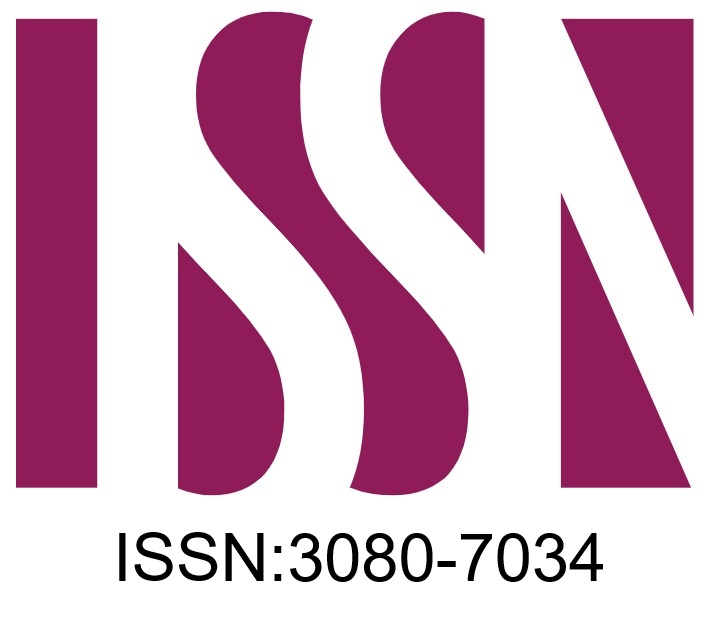Relationship Between Money Supply and Some Macroeconomic Variables in The Libyan Economy During Period (1990-2022)
DOI:
https://doi.org/10.5281/zenodo.16907370Keywords:
KEY WORDS: Money supply, Macroeconomic Variables, Autoregressive Distributed Lag (ARDL), Granger Causality Test الكلمات المفتاحية: المعروض النقدي، المتغيرات الاقتصادية الكلية، الانحدار الذاتي ذو التأخير الموزع (ARDL)، اختبار السببية لجرانجر.Abstract
5
References
- References13
[1] Wibowo, B. P., & Setyowati, E. (2023, February). Analysis of Factors Affecting Interest Rates, Money Supply, Exchange Rates, Government Expenditures, Government Revenues, and Tax Revenues on Inflation 1992-2022. In Proceeding Medan International Conference on Economic and Business (Vol. 1, pp. 1852-1862).
[2] Pesaran, M. H. (2015). Time series and panel data econometrics. Oxford University Press.
[3] Pesaran, M. H. (2007). A pair-wise approach to testing for output and growth convergence. Journal of econometrics, 138(1), 312-355.
[4] Allais, M. (1966). A restatement of the quantity theory of money. The American economic review, 56(5), 1123-1157.
[5] Batarseh, A. (2021). The nature of the relationship between the money supply and inflation in the Jordanian economy (1980–2019). Banks and Bank Systems, 16(2), 38.
[6] Banerjee, A., Dolado, J., & Mestre, R. (1998). Error‐correction mechanism tests for cointegration in a single‐equation framework. Journal of time series analysis, 19(3),
[7] Bello, M. Z., & Saulawa, M. A. (2013). Relationship between Inflation, Money Supply, Interest Rate and Income Growth (Rgdp) in Nigeria 1980-2010. An Empirical Investigation. Journal of Economics and Sustainable Development, 4 (8).
[8] Bourhrous, A. (2022). REBUILDING LIBYA’S ECONOMY ON NEW AND SUSTAINABLE GROUNDS. Policy Brief, (137).
[9] Boucher Breuer, J., & Flynn Lippert, A. (1997). Internal Relative Price Stationarity in Long‐Run Purchasing Power Parity. Review of International Economics, 5(2), 195-203.
[10] Denbel, F. S., Ayen, Y. W., & Regasa, T. A. (2016). The relationship between inflation, money supply and economic growth in Ethiopia: Co integration and Causality Analysis. International Journal of Scientific and Research Publications, 6(1), 556-565.
[11] Dickey, D. A., & Fuller, W. A. (1979). Distribution of the estimators for autoregressive time series with a unit root. Journal of the American statistical association, 74(366a), 427-431.
[12] Engle, R. F., & Granger, C. W. (1987). Co-integration and error correction: representation, estimation, and testing. Econometrica: journal of the Econometric Society, 251-276.
[13] Friedman, B. M., & Kuttner, K. N. (1992). Money, income, prices, and interest rates. The American Economic Review, 472-492.
[14] Friedman, M. (1992 ). Quantity theory of money. In Money (pp. 1-40). London: Palgrave Macmillan UK.
[15] George, C., Suoyai, E., Tema, L., & Boloekeye, M. (2018). Impact of money supply on some macroeconomic variables on the Nigerian economy. Journal of business management and economic research, 2(5), 32-46.
[16] Granger, C. W. (1969). Investigating causal relations by econometric models and cross-spectral methods. Econometrica: journal of the Econometric Society, 424-438.
[17] Ifionu, E., & Akinpelumi, O. F. (2015). Macroeconomic variables and money supply: Evidence from Nigeria. African Research Review, 9(4), 288-307. Jawo, [18] A., Jebou, M., & Bayo, L. F. (2023). The Relationship between Inflation, Exchange Rate, Money Supply and Economic Growth in The Gambia. Technium Soc. Sci. J., 40, 213.
[19] Long, P. D., Hien, B. Q., & Ngoc, P. T. B. (2021). Money supply, inflation and output: an empirically comparative analysis for Vietnam and China. Asian Journal of Economics and Banking.
[20] MOHSIN, K. (2021). Measuring the financial and monetary impact of public expenditure and money supply on inflation in Iraq. Turkish Journal of Computer and Mathematics Education (TURCOMAT), 12(13), 5233-5241.
[21] MacKinnon, J. G. (2010). Critical values for cointegration tests (No. 1227). Queen's Economics Department Working Paper.
[22] Muhammad, S. D., Wasti, S. K. A., Hussain, A., & Lal, I. (2009). An empirical investigation between money supply government expenditure, output & prices: The Pakistan evidence. European Journal of Economics, Finance and Administrative Sciences, (17), 60.
[23] Nasir, R., Waheed, R., & Nasir, W. (2021). The Impact of Money Supply on Inflation in Pakistan. Journal of Economics, 2(1), 18-28.
[24] Niehans, J. (1987). Classical monetary theory, new and old. Journal of Money, Credit and Banking, 19(4), 409-424. .
[25] SAATCIOGLU, C., & KORAP, L. (2008). Long-run relations between money, prices and output: The case of turkey. Uluslararası Yönetim İktisat ve İşletme Dergisi, 4(7), 33-54.
[26] Stock, J. H., & Watson, M. W. (1993). A simple estimator of cointegrating vectors in higher order integrated systems. Econometrica: journal of the Econometric Society, 783-820.

Downloads
Published
Issue
Section
License
Copyright (c) 2025 Accounting Studies

This work is licensed under a Creative Commons Attribution 4.0 International License.

Authors retain copyright and grant the journal right of first publication with the work simultaneously licensed under a Creative Commons Attribution (CC-BY) 4.0 License that allows others to share the work with an acknowledgment of the work’s authorship and initial publication in this journal.









